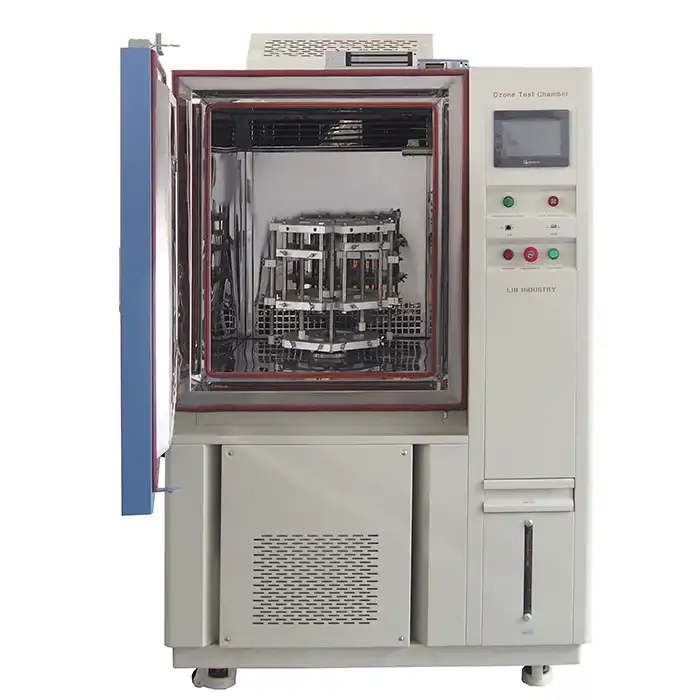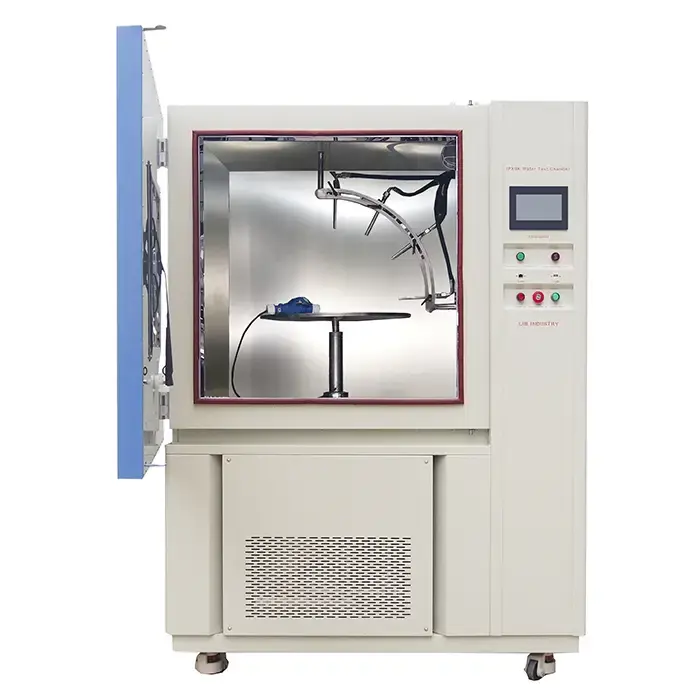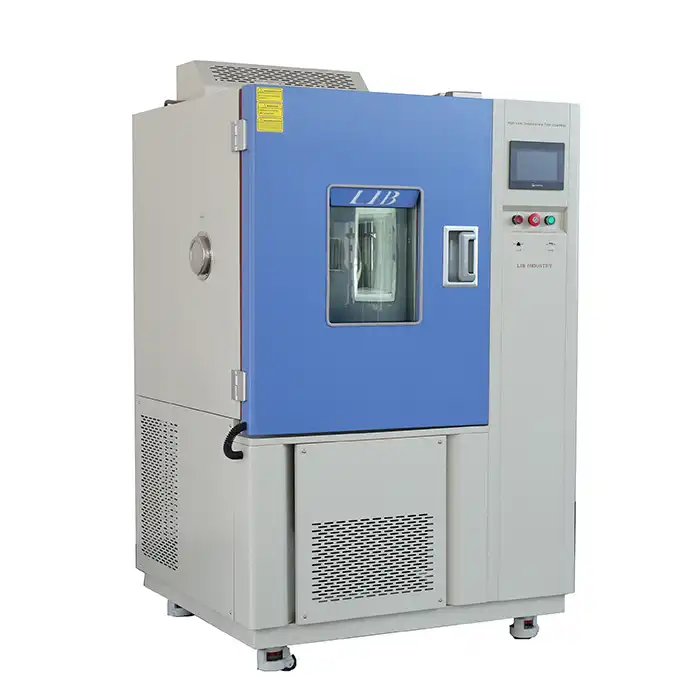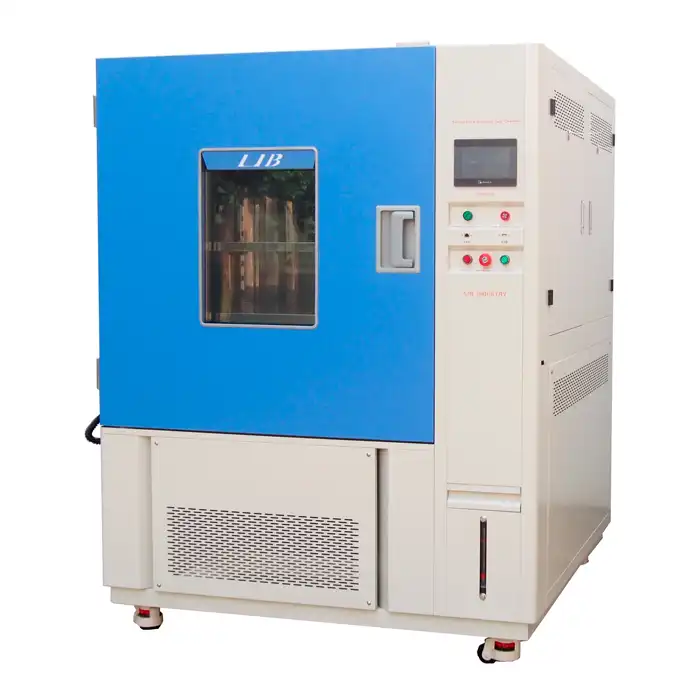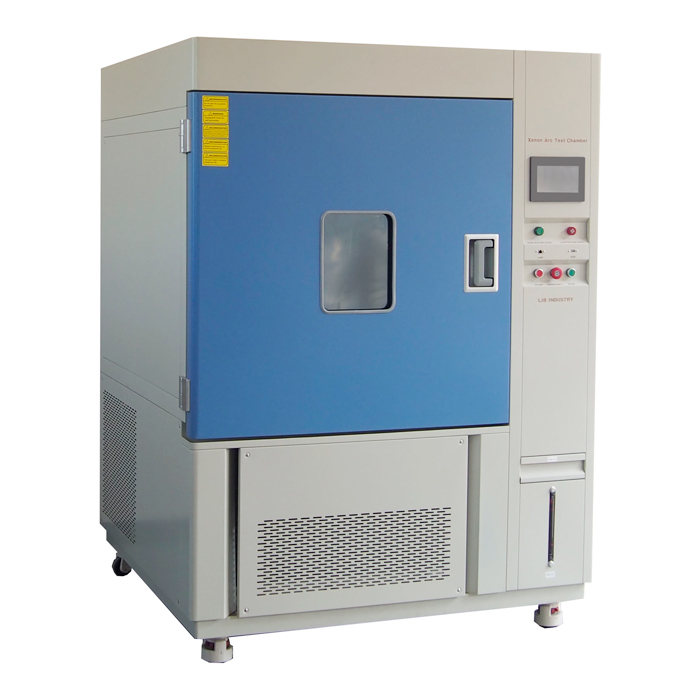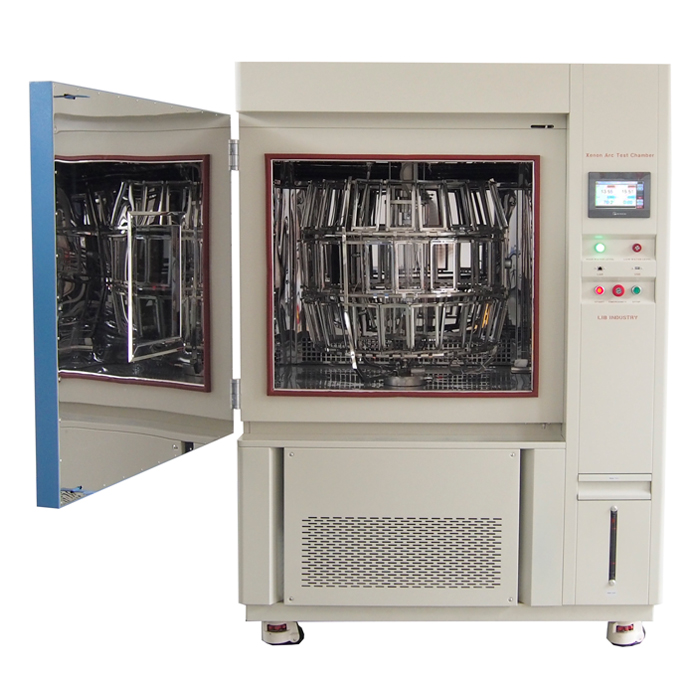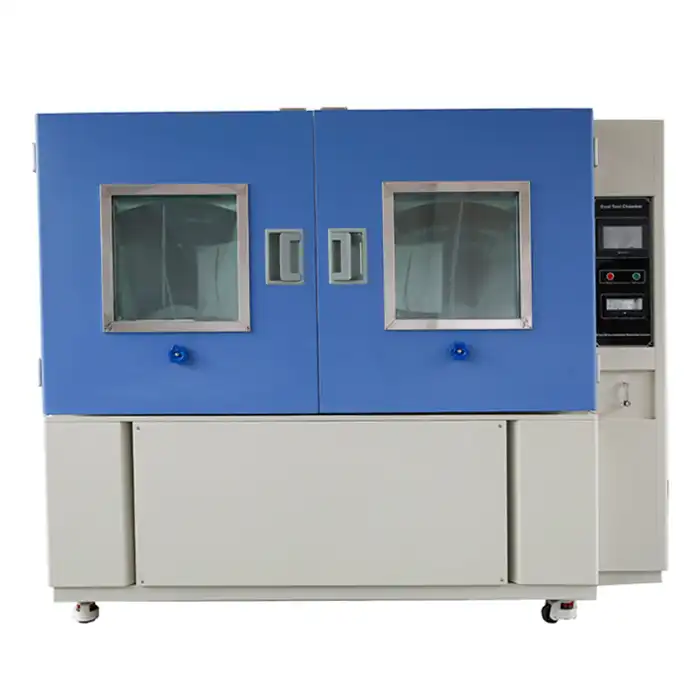What equipment is used to test water quality?
Ensuring the quality of water is essential for a variety of applications, ranging from environmental monitoring to industrial processes. Accurate water quality testing requires specific equipment designed to measure different parameters. In this blog, we'll explore the key equipment used in water quality testing, with a special focus on water spray test equipment and related tools.
Water Spray Test Equipment: An Overview
Water spray test equipment stands as a cornerstone in the rigorous evaluation of materials and products against water exposure. This testing methodology holds profound significance across diverse industries like automotive, aerospace, and electronics, where the resilience of products under varying environmental conditions is paramount. By simulating scenarios such as rain, splashes, and other forms of water exposure, these tests ensure that products meet stringent durability and performance standards.
Central to these tests are water spray test chambers, purpose-built facilities designed to replicate a spectrum of water conditions. Ranging from compact benchtop units to expansive walk-in chambers, these facilities incorporate specialized features including precision nozzles, advanced pumps, and sophisticated control systems. These components meticulously regulate water pressure, temperature, and spray patterns, thereby facilitating thorough and consistent testing protocols.
In essence, water spray test equipment plays an indispensable role in the lifecycle of product development and quality assurance, enabling manufacturers to validate their products' resilience under controlled yet realistic conditions. This proactive approach not only enhances product durability but also fosters trust among consumers and stakeholders alike, affirming adherence to rigorous industry standards.
Essential Water Quality Testing Instruments
Water quality testing instruments, including those manufactured by water spray test equipment manufacturers, are indispensable for evaluating the cleanliness and safety of water in various applications. Beyond assessing material durability, these instruments play a crucial role in monitoring the parameters that directly impact human health and environmental sustainability:
pH Meters
Among the essential tools, pH meters stand out for their ability to measure the acidity or alkalinity of water. Maintaining optimal pH levels is critical in industries like wastewater treatment and aquaculture, where deviations can affect biological processes and ecosystem health.
Turbidity Meters
Turbidity meters offer insights into water clarity by quantifying the amount of light scattered by suspended particles. Elevated turbidity levels often indicate pollution or the presence of harmful pathogens, prompting necessary remedial actions.
Dissolved Oxygen Meters
Dissolved oxygen meters gauge the oxygen content in water, a vital parameter for aquatic organisms and indicative of water quality. Monitoring dissolved oxygen levels is crucial in assessing ecosystem health and ensuring effective wastewater treatment processes.
Conductivity Meters
Conductivity meters assess water's ability to conduct electricity, providing insights into dissolved salts and mineral concentrations. This parameter is pivotal for determining water purity and the suitability of water for various industrial and agricultural uses.
Spectrophotometers
Spectrophotometers analyze light absorption in water, aiding in the identification and quantification of contaminants and chemical concentrations. This capability is instrumental in complying with regulatory standards and safeguarding public health.
Specialized Testing Equipment and Techniques
In addition to standard water quality testing instruments, specialized equipment (e.g., water spray test equipment) and techniques are used to measure specific parameters and contaminants. Here are a few examples:
Ion Chromatography
Ion Chromatography stands out as a sophisticated technique designed to separate and quantify ions in water samples. It is particularly effective in monitoring nutrient pollutants such as nitrates, sulfates, and phosphates, which can significantly impact aquatic ecosystems and public health.
Gas Chromatography-Mass Spectrometry (GC-MS)
GC-MS represents another powerful tool used to detect volatile organic compounds (VOCs) and various pollutants at exceptionally low concentrations. This technique provides detailed insights into chemical compositions, aiding in the identification of emerging contaminants and ensuring compliance with stringent regulatory standards.
Portable Water Testing Kits
Portable Water Testing Kits offer practical solutions for rapid on-site water quality assessments. These kits typically include test strips and digital meters capable of measuring pH, hardness, chlorine levels, and other parameters. They are invaluable for fieldwork, enabling swift decision-making and immediate responses to water quality issues.
Water Quality Sensors and Data Loggers
Water Quality Sensors and Data Loggers provide continuous monitoring capabilities, facilitating real-time data collection and analysis. These devices are crucial in environmental studies, industrial processes, and water resource management, where precise and ongoing monitoring of parameters such as temperature, dissolved oxygen, and conductivity is essential for maintaining water quality standards.
Conclusion
Testing water quality is a complex process that requires a range of specialized equipment. From water spray test equipment that ensures the durability of materials to precise instruments that measure chemical and physical parameters, each tool plays a vital role in maintaining water standards. By utilizing the right equipment and techniques, industries can safeguard environmental health, comply with regulations, and ensure the safety and reliability of their products.
For those looking to delve deeper into water spray test equipment or need a comprehensive solution for environmental testing, contacting experts in the field is recommended. If you want to learn more about water spray test equipment, feel free to reach out to us at info@libtestchamber.com. Our team at LIB is dedicated to providing top-notch products and services tailored to your specific requirements.
References
1. American Public Health Association, American Water Works Association, & Water Environment Federation. (2017). Standard Methods for the Examination of Water and Wastewater. Washington, DC: American Public Health Association.
2. Boehm, P. D. (Ed.). (2017). Environmental and Water Resources Engineering: Principles and Developments. CRC Press.
3. Eaton, A. D., Clesceri, L. S., Rice, E. W., & Greenberg, A. E. (Eds.). (2005). Standard Methods for the Examination of Water and Wastewater (21st ed.). American Public Health Association.
4. Hauser, E. W., & Farah, I. O. (Eds.). (2016). Water Quality Monitoring and Management: Basis, Technology and Case Studies. IntechOpen.
5. Rahman, M. A., & He, M. (Eds.). (2017). Advances in Water Purification Techniques: Meeting the Needs of Developed and Developing Countries. Elsevier.
6. Smith, L. S., & Gschwend, P. M. (2018). Environmental Sampling and Analysis for Technicians. CRC Press.
7. U.S. Environmental Protection Agency (EPA). (2020). Water Quality Standards Handbook: Second Edition. EPA-823-B-20-002.
8. United Nations Environment Programme (UNEP). (2018). Freshwater Quality: A Global Perspective. United Nations.
9. Wang, L. K., Hung, Y. T., & Shammas, N. K. (Eds.). (2009). Advanced Physicochemical Treatment Technologies, Handbook of Environmental Engineering (Vol. 5). Humana Press.
10. World Health Organization (WHO). (2017). Guidelines for Drinking-water Quality: Fourth Edition Incorporating the First Addendum. World Health Organization.



.jpg)
